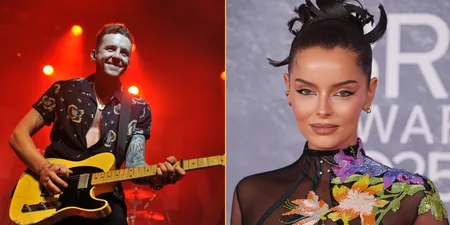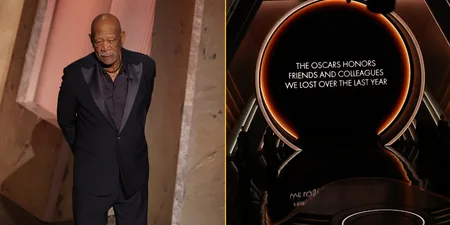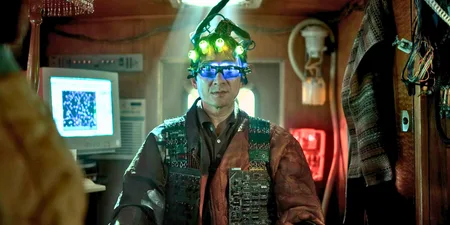Battle of Squinterfell, more like
Because we were squinting, a lot. Because it was really very dark.
Season 8 Episode 3, The Long Night, has split opinion in many ways. Some thought that the 80+ minutes of action amounted to a satisfying spectacle that paid off on all the tension that has been built up over the show’s last several years.
Others felt it was a bit discombobulating and chaotic, with an ending that felt all too abrupt.
And some people, well, some people just couldn’t see it.
The primary complaint about episode 3 was that it was extremely dark, to the point that some people found it downright impossible to be sure what was going on. Others felt the need to adjust their television sets.
So what went wrong? According to Game of Thrones cinematographer Fabian Wagner, nothing at all.
Wagner told entertainment magazine Vanity Fair: “I wanted to evolve the lighting, and make the storytelling of the lighting evolve with the storytelling of the characters.”
Wagner noted that Game of Thrones is “classically” and “naturalistically” shot — meaning that light comes from in-universe sources, rather than artificially, relying instead on “sunlight, moonlight, candlelight, and fire light”.
This could be seen when the episode was illuminated by Melisandre lighting the trench, or the swords of the Dothraki, or when dragonfire rained down on the undead.
As you might expect, the enormous battle scene is being compared to the Battle at Helms’ Deep in Lord of the Rings: The Two Towers, which was artificially lit. This was shot by the late Andrew Lesnie.
When Sean Astin, the actor who played Samwell Gamgee asked Lesnie where the light was coming from in such a dark setting, Lesnie replied: “The same place as the music.”
Cinematographers, eh?







































